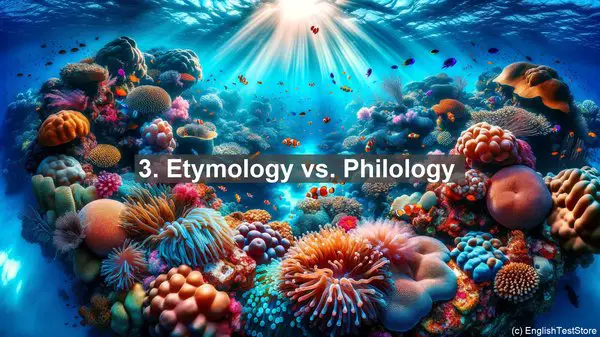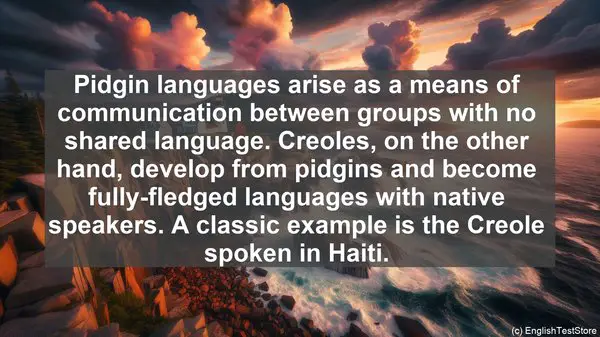Introduction to Historical Linguistics
Welcome to our lesson on the top 10 commonly confused words in historical linguistics. As students of language, it’s crucial to understand the evolution and changes that occur over time. However, some words can be quite tricky. Let’s dive in!
1. Dialect vs. Language
The distinction between dialect and language can be blurry. While dialects are variations of a language, often regional, languages are mutually unintelligible. For example, Mandarin and Cantonese are considered different languages, but within Mandarin, there are various dialects.
2. Synchronic vs. Diachronic
Synchronic linguistics focuses on the present state of a language, while diachronic linguistics examines its historical development. It’s like studying a snapshot versus a timeline. Both are essential for a comprehensive understanding.
3. Etymology vs. Philology
Etymology deals with the origin and history of words, while philology encompasses the study of language in written historical sources. Think of etymology as the ‘where’ and ‘when’ of a word’s birth, and philology as the ‘how’ and ‘why’ of its usage.
4. Pidgin vs. Creole
Pidgin languages arise as a means of communication between groups with no shared language. Creoles, on the other hand, develop from pidgins and become fully-fledged languages with native speakers. A classic example is the Creole spoken in Haiti.
5. Borrowing vs. Inheritance
When a language takes words from another, it’s borrowing. This often happens due to cultural contact. Inheritance, however, refers to words passed down through generations within the same language. English has numerous borrowed words, like ‘sushi,’ but also inherited ones, like ‘mother.’

6. Isogloss vs. Dialect Continuum
An isogloss is a boundary line separating linguistic features. It can be a pronunciation difference or a unique word. A dialect continuum, on the other hand, is a gradual change in language features across a geographic area. The dialects spoken in Scandinavia are a great example.

7. Grimm’s Law vs. Verner’s Law
Both laws describe sound shifts in the Germanic languages. Grimm’s Law explains the change from the Proto-Indo-European ‘p’ to the Germanic ‘f.’ Verner’s Law, on the other hand, accounts for the alternation between voiced and voiceless fricatives. These laws are crucial in understanding language evolution.
8. Convergent vs. Divergent Evolution
Just like species, languages can evolve. Convergent evolution is when unrelated languages develop similar features due to contact. Divergent evolution, on the other hand, is when a single language splits into multiple distinct ones. Romance languages, stemming from Latin, are a prime example of divergent evolution.
9. Lexicon vs. Syntax
Lexicon refers to the vocabulary of a language, while syntax deals with its grammar and sentence structure. If you think of language as a house, the lexicon is the furniture, and the syntax is the blueprint. Both are essential for communication.
10. Analogical Change vs. Regular Sound Change
Regular sound changes occur systematically in a language, affecting multiple words. Analogical changes, on the other hand, happen on a case-by-case basis, often due to analogy with other words. These changes can sometimes lead to irregularities in a language.
